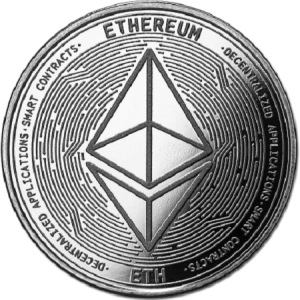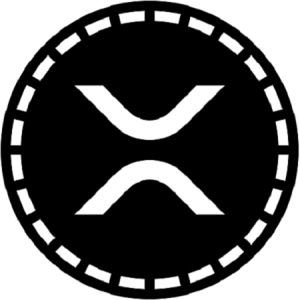Evolution of Blockchain Technology
The blockchain technology landscape is constantly evolving and offers a diverse range of networks and protocols with unique features, functionalities, and trade-offs. For instance, Bitcoin pioneered decentralization and security, while Ethereum introduced programmability and flexibility. Binance Smart Chain boasts low fees and fast transaction processing, while Cardano offers sustainability and interoperability. Meanwhile, Polkadot emphasizes multi-chain scalability and innovation, and Ripple targets payment-focused efficiency. With such a rich tapestry of options available, businesses, developers, and users can carefully assess the strengths and limitations of each network to determine the most suitable choice for their particular application. Whether it be for finance, governance, identity, supply chain, or other use cases, the blockchain ecosystem provides a wealth of opportunities for innovation and growth. Ultimately, by staying informed and adapting to the changing blockchain landscape, stakeholders can maximize the potential of this transformative technology to benefit society as a whole.

Bitcoin’s Decentralized Pros/Cons
Bitcoin (BTC) – Bitcoin is the first and most well-known blockchain network. It was designed as a peer-to-peer electronic cash system and is used for online transactions. Its key advantage is that it is a decentralized network, meaning that no single entity controls it. However, its main drawback is its scalability issues, which have led to slow transaction speeds and high fees.

Ethereum’s dApp Flexibility Analysis
Ethereum (ETH) – Ethereum is a blockchain network that allows for the development of decentralized applications (dApps) and smart contracts. It’s the second most popular blockchain network and is used for a wide range of purposes, including tokenization, crowdfunding, and identity verification. Its main advantage is its flexibility, which allows developers to create a wide range of applications. However, it also has scalability issues, which have led to high gas fees during periods of network congestion.

Binance Smart Chain’s DeFi Benefits
Binance Smart Chain (BSC) – Binance Smart Chain is a blockchain network that runs in parallel to Binance Chain, the native blockchain of the Binance exchange. It’s designed to be faster and cheaper than other blockchain networks, making it popular for decentralized finance (DeFi) applications. Its key advantage is its low fees and high transaction speeds, but some argue that it is less decentralized than other blockchain networks.

Cardano’s Sustainable Scalability Analysis
Cardano (ADA) – Cardano is a blockchain network that aims to be a more sustainable and scalable alternative to other networks. It’s used for a wide range of applications, including decentralized finance, supply chain management, and voting systems. Its key advantage is its focus on sustainability and energy efficiency, but it is still in the early stages of development and has yet to prove its scalability.

Polkadot’s Multi-Chain Interoperability Analysis
Polkadot (DOT) – Polkadot is a blockchain network that connects multiple blockchains together into a single network. It’s used for a wide range of applications, including interoperability between different blockchains, decentralized finance, and gaming. Its key advantage is its ability to connect different blockchains together, but some argue that it is still in the early stages of development and has yet to prove its scalability.

Ripple’s Efficient Cross-Border Payments
Ripple, also known as XRP, has become a leading blockchain network for cross-border payments and remittances due to its lightning-fast transaction speeds and low fees. However, its centralized nature has attracted some controversy, with critics concerned about the potential for control and impact on users. Despite these challenges, Ripple remains a popular choice for many businesses and individuals in the fintech industry and continues to innovate its technology to meet evolving market needs.
Choosing Blockchain for Specific Use
In brief, the diverse landscape of blockchain networks presents a range of options for various use cases, each with its own distinct characteristics and trade-offs. Understanding the unique strengths and limitations of each network is essential in choosing the most appropriate one for a specific application. Key factors to consider when evaluating a blockchain network include its scalability, security, governance, user base, and economic incentives. By conducting a thorough analysis of these factors, businesses and developers can ensure that their blockchain applications are optimized for performance, security, and usability, and can better position themselves for success in the rapidly evolving blockchain ecosystem. Ultimately, the strategic selection of a blockchain network can be a critical factor in achieving innovation, growth, and competitive advantage in an increasingly decentralized and interconnected world.

